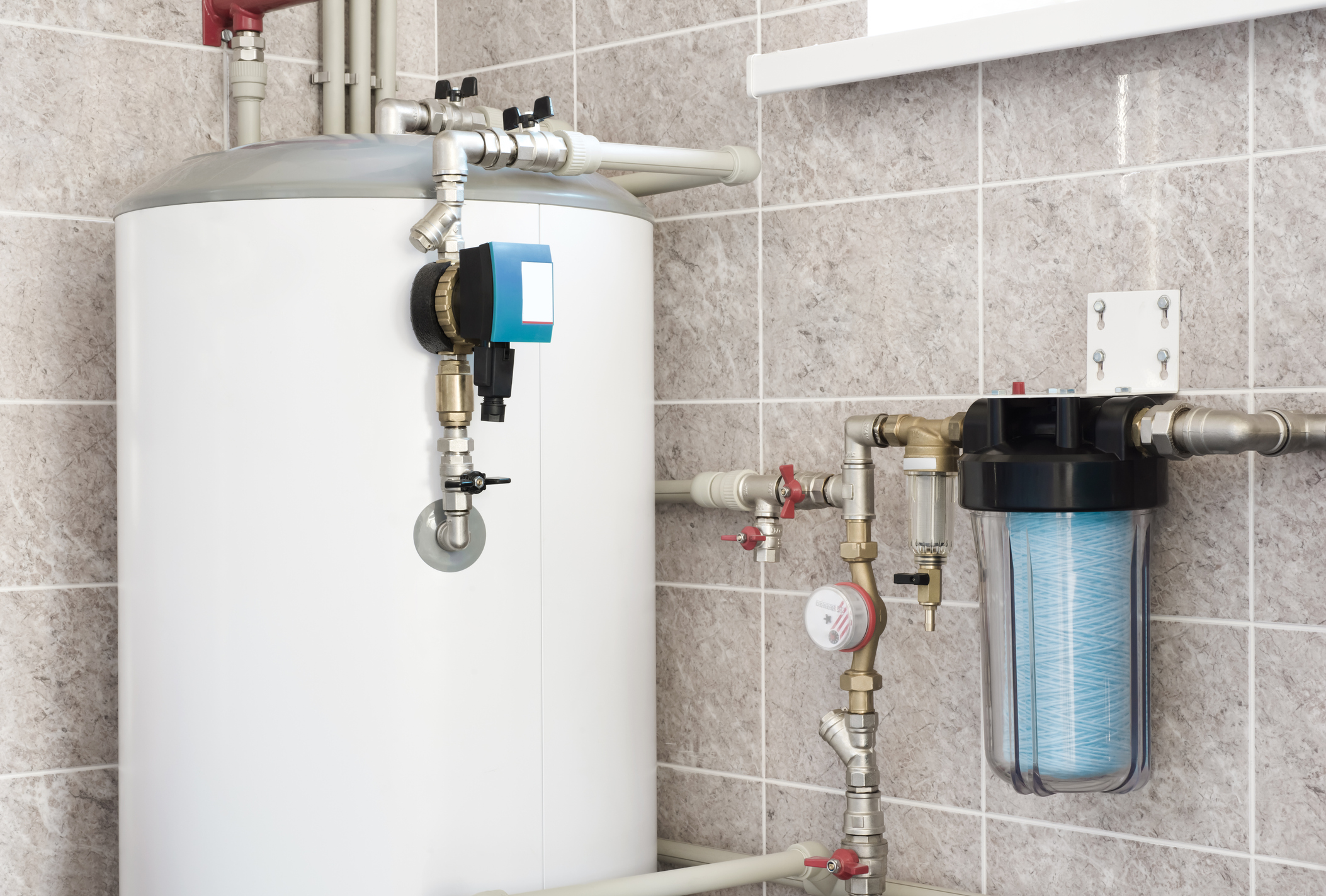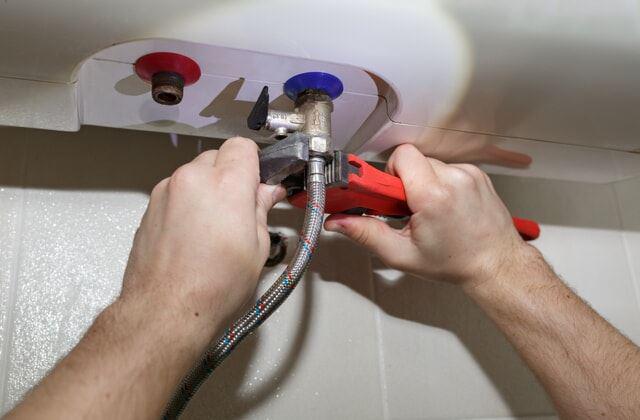We've encountered the article about How to Maintain Your Water Heater & Prolong its Life listed below on the internet and believe it made good sense to talk about it with you on my blog.

Warm water is vital for everyday comfort, whether it's for a revitalizing shower or cleaning meals. To guarantee your warm water system runs efficiently and lasts much longer, normal maintenance is key. This write-up gives functional suggestions and insights on just how to preserve your home's hot water system to avoid disturbances and pricey repair work.
Introduction
Preserving your home's hot water system could appear overwhelming, yet with a couple of easy actions, you can guarantee it operates efficiently for many years to come. This overview covers whatever from understanding your warm water system to DIY upkeep tips and recognizing when to call in specialist help.
Value of Maintaining Your Warm Water System
Regular upkeep not just expands the life expectancy of your warm water system however also guarantees it runs efficiently. Overlooking maintenance can cause reduced performance, higher energy bills, and also early failing of the system.
Signs Your Warm Water System Requirements Upkeep
Understanding when your warm water system needs focus can prevent significant problems. Keep an eye out for signs such as inconsistent water temperature, odd noises from the heating system, or rusty water.
Comprehending Your Hot Water System
Before diving into upkeep tasks, it's practical to understand the standard components of your hot water system. Normally, this consists of the water heater itself, pipelines, anode poles, and temperature controls.
Monthly Maintenance Tasks
Routine month-to-month checks can help capture small concerns before they intensify.
Purging the Hot Water Heater
Purging your water heater eliminates debris accumulation, boosting performance and lengthening its life.
Checking and Replacing Anode Rods
Anode poles protect against corrosion inside the tank. Examining and replacing them when worn is important.
Checking and Readjusting Temperature Level Setups
Readjusting the temperature level settings makes sure ideal efficiency and safety and security.
Do It Yourself Tips for Upkeep
You can execute numerous upkeep jobs on your own to maintain your warm water system in leading condition.
Looking for Leakages
Consistently evaluate pipelines and links for leakages, as these can cause water damages and higher bills.
Testing Pressure Alleviation Valves
Checking the stress safety valve ensures it functions correctly and protects against too much pressure accumulation.
Protecting Pipes
Insulating warm water pipelines decreases warm loss and can save energy.
When to Call a Specialist
While DIY maintenance is useful, some issues call for expert know-how.
Complicated Concerns Calling For Specialist Assistance
Instances include significant leakages, electrical troubles, or if your water heater is regularly underperforming.
Routine Professional Upkeep Advantages
Professional upkeep can include thorough examinations, tune-ups, and making sure compliance with safety criteria.
Conclusion
Normal maintenance of your home's warm water system is necessary for effectiveness, longevity, and price savings. By adhering to these ideas and knowing when to look for professional aid, you can make sure a reputable supply of hot water without unexpected disturbances.
How to Maintain an Instant Hot Water Heater
Before tinkering with your hot water heater, make sure that it’s not powered on. You also have to turn off the main circuit breaker and shut off the main gas line to prevent accidents. Also turn off the water valves connected to your unit to prevent water from flowing into and out of the appliance. 2. When you’re done, you have to detach the purge valves’ caps. These look like the letter “T†and are situated on either side of the water valves. Doing so will release any pressure that has accumulated inside the valves while at the same time avoid hot water from shooting out and burning your skin. 3. When the purge valves’ caps are removed, you have to connect your hosing lines to the valves. Your unit should have come with three hoses but if it didn’t, you can purchase these things from any hardware or home repair shops. You can also get them from retail stores that sell water heating systems. Read the user’s manual and follow it to complete this task properly. When the hosing lines are connected, open the purge port’s valves. 4. You should never use harsh chemical cleaners or solutions when cleaning your unit. Make use of white vinegar instead. It should be undiluted and you’ll probably use about 2 gallons. 5. Now flush your water heater. This task should probably take about 40 minutes. We can’t give you specific directions for this because the procedure is carried out depending on the type, model and brand of your heater. With that being said, refer to the user’s manual. 6. When you’re done draining the unit, you have to turn off the purge port valves again. Remove the hosing lines that you earlier installed on each of the water valves. Put the valve caps (purge port) back in their respective places and be very careful so as not to damage the rubber discs that are found inside these caps. 7. Now that everything’s back in place, check your user’s manual again to find out how to reactivate your water heating system. 8. Once it is working, turn one of your hot water faucets on just to let air pass through the heater’s water supply pipes. Leave the tap on until water flows smoothly out of it. https://www.orrplumbing.com/blog/2014/september/how-to-maintain-an-instant-hot-water-heater/

I stumbled upon that review about What Kind of Maintenance Do Water Heaters Need? when doing a lookup on the search engines. Do you know somebody who is interested in the topic? Take a moment to promote it. I cherish reading our article about Tips For Maintaining Your Hot Water Heater.
Top Article